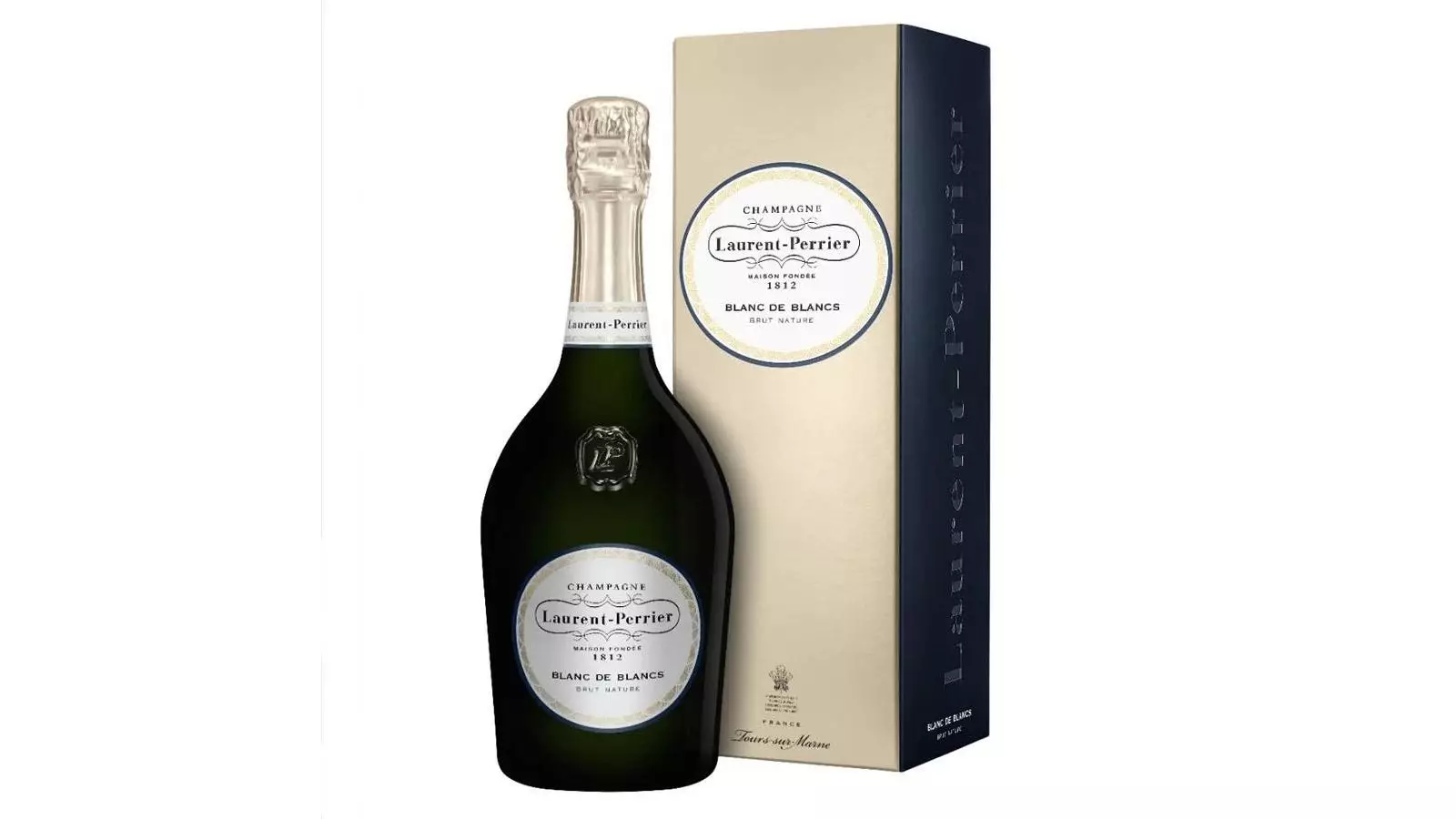Champagne has become synonymous with celebration, yet it embodies much more than a mere toast at life’s pivotal moments. The unique essence of champagne lies in its rich history, meticulous production methods, and the diverse flavor profiles that each bottle offers. As a symbol of luxury and sophistication, it transitioned from exclusive celebratory libation to a versatile wine suited for various occasions. Today’s champagne houses are experimenting with modern techniques and innovative blends, allowing both connoisseurs and casual drinkers to appreciate it in everyday settings.
Nestled in northeastern France, about 90 miles from Paris, the Champagne region boasts five distinct zones: Montagne de Reims, Vallée de la Marne, Côte des Blancs, Côte de Sézanne, and the Aube. Each area contributes its unique terroir and microclimate to produce world-class grapes. The region’s cool climate, combined with its chalky soil, plays a critical role in the development of the grapes. Predominantly known for its Chardonnay, Pinot Noir, and Pinot Meunier, champagne’s character is defined by these varietals and their interactions with the local environment.
The winemaking process in this region is steeped in tradition, with techniques perfected over centuries. Masterful blending and aging practices are essential, as the art of producing champagne involves much more than just fermentation. The craftsmanship required to balance flavors, achieve the desired effervescence, and maintain consistent quality is why champagne holds its place at the pinnacle of sparkling wine production.
Traditionally reserved for momentous occasions, contemporary wine culture is embracing champagne as an all-encompassing choice. Whether accompanying a celebratory toast, gracing a gourmet meal, or enhancing a casual dinner, champagne’s lively acidity and complex flavor profiles pair seamlessly with an extensive range of dishes. From lighter fare such as seafood and chicken to more robust choices involving rich, buttery sauces, champagne consistently enhances the dining experience. In fact, many enthusiasts assert that it serves remarkably well with everyday meals, including street food, transforming even the simplest plate into an indulgent experience.
Yet, proper storage and consumption of champagne are equally vital for maintaining its quality. Once opened, a bottle of champagne should ideally be consumed within a few days, although high-quality stoppers can extend this duration slightly. However, bottled champagne can last for up to 15 years when stored correctly—lying on its side in a cool, dark place.
Among the notable producers shaping the modern champagne landscape are esteemed names such as Laurent-Perrier, recognized for their innovative 100% Chardonnay offerings. Their ‘sans dosage’ style results in a clean, crisp champagne characterized by vibrant citrus notes and minerality, making it a splendid companion for fine seafood dishes. This type of champagne appeals particularly to purists hoping to experience the unadulterated essence of the grape.
Collaborations are also redefining the champagne market. Idris Elba’s partnership with Champagne Sanger resulted in the well-balanced Petite Porte Noire Brut NV, a harmonious blend of Chardonnay, Pinot Noir, and Pinot Meunier that encapsulates the fresh and fruity elegance of modern champagne. This particular bottling has captivated fans not only for its taste but also for the star power behind its creation.
Standing out in terms of accolades, the Rare Champagne Millésime Brut 2008 crafted by Piper-Heidsieck was crowned the “Supreme World Champion” at the 2023 CSWWC. Composed of predominantly Chardonnay, this vintage dazzles with aromas of peach and almond, leading into an intricate palate of tropical fruits and pastries. Its complexity makes it a sought-after choice among discerning champagne lovers.
Family-operated since 1818, Billecart-Salmon’s Brut Rosé continues to be a classic, thanks to its delightful composition of Chardonnay, Pinot Noir, and Meunier. The pale pink hue and sharp red fruit flavors, underscored by hints of spice and brioche, are just the right touch for lighter dishes or picnics in the sun, reinforcing champagne’s role as a versatile wine.
Maison Bruno Paillard’s Blanc de Blancs 2014 also exemplifies excellence, showcasing the exceptional qualities of Chardonnay aged on lees for seven years. This low-dosage champagne strikes a perfect harmony between richness and fresh minerality, making it an equally impressive choice for gifting or an indulgent evening.
The world of champagne continues to evolve, celebrating its storied past while welcoming innovative expressions that broaden its appeal. Whether you’re a seasoned connoisseur or just beginning to explore, champagne’s intricate profiles and unmatched versatility ensure that it remains a beloved choice for all occasions—beyond just the special moments in life.

